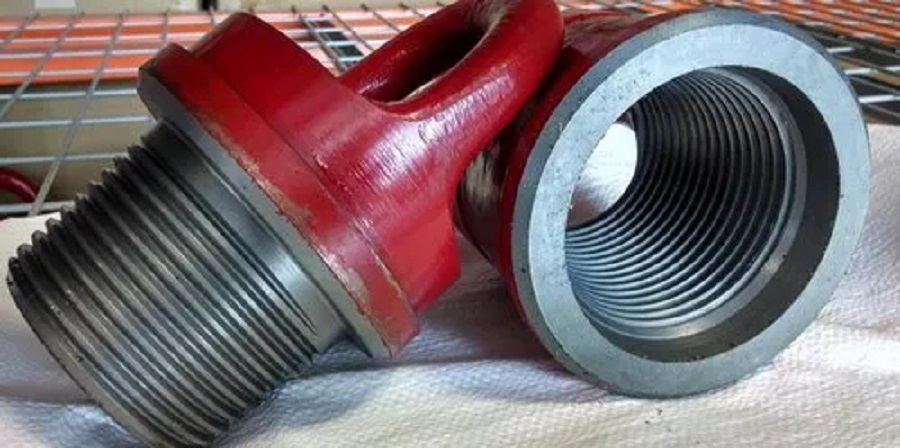
As the environmental consciousness increases, the focus on sustainable practices extends to various sectors, including pipe transportation in the oil and gas industry. Lifting bails—an essential component in pipe handling and transportation—can contribute to eco-friendly operations by adopting sustainable practices.
Let’s dive into the importance of sustainable pipe transportation, explore the benefits of eco-friendly practices, and highlight key strategies for incorporating sustainability into lifting bail operations. By integrating these practices, companies can uphold environmental stewardship while optimizing their pipe transportation processes.
Sustainable Pipe Transportation
Sustainable pipe transportation refers to the use of eco-friendly practices that minimize the environmental impact associated with the movement of pipes. By adopting sustainable measures, such as reducing carbon emissions, optimizing fuel consumption, and minimizing waste, companies can contribute to a greener future.
Eco-friendly pipe transportation aligns with environmental goals. Additionally, it offers long-term cost savings and enhances corporate social responsibility.
Benefits of Sustainable Practices
Implementing sustainable practices in pipe transportation brings numerous benefits.
- It reduces carbon emissions. Companies can significantly lower greenhouse gas emissions and mitigate climate change effects by employing fuel-efficient vehicles and optimizing transportation routes.
- Adopting eco-friendly practices can enhance resource efficiency. Through efficient scheduling and coordination, fewer trips can be made, resulting in reduced energy consumption and improved productivity.
- Sustainable pipe transportation minimizes waste and promotes recycling.
By implementing proper handling and storage procedures, companies can reduce the occurrence of pipe damage and the need for replacements.
Strategies for Eco-Friendly Lifting Bail Operations
- To incorporate sustainability into lifting bail operations, companies can follow several key strategies. Optimizing transportation routes and load capacity can reduce fuel consumption and emissions. By leveraging advanced logistics software, operators can plan the most efficient routes and ensure maximum payload capacity, reducing the number of trips required for pipe transportation.
- Investing in energy-efficient vehicles and technologies can contribute to sustainable pipe transportation. Electric and hybrid vehicles can significantly reduce carbon emissions and improve air quality. Additionally, companies can explore alternative fuels like biodiesel or liquefied natural gas (LNG) for their transportation fleet.
- Promoting collaboration and coordination among supply chain stakeholders is essential for sustainable practices. By working closely with suppliers, manufacturers, and customers, companies can optimize transportation schedules, consolidate shipments, and reduce unnecessary movements.
Furthermore, implementing proper maintenance and storage practices for lifting bails can extend their lifespan and minimize waste. Regular inspections and maintenance, which include greasing, repairing, or replacing worn parts, can ensure optimal performance and prevent premature disposal.
Implementing Technology Solutions for Sustainable Pipe Transportation
Leveraging technology solutions can further enhance sustainable pipe transportation practices. Implementing real-time tracking systems and telematics can provide valuable data on vehicle performance, fuel consumption, and route optimization opportunities. By analyzing this data, companies can identify areas of improvement, reduce idle times, and minimize fuel waste.
Additionally, adopting digital platforms for documentation and communication can reduce paper usage and streamline administrative tasks, contributing to a more sustainable operating environment. Embracing innovative technologies such as autonomous vehicles or drones for pipe transportation can also help increase operational efficiency and reduce carbon emissions in the long run.
Engaging Stakeholders and Promoting Environmental Awareness
Sustainability in pipe transportation requires engagement and collaboration with various stakeholders. Companies can actively involve their employees in environmental initiatives by organizing training programs and workshops on sustainable practices, highlighting the importance of their role in achieving eco-friendly operations.
Furthermore, fostering partnerships with suppliers who prioritize sustainability and hold relevant certifications can ensure the use of environmentally friendly materials and methods. Engaging customers by sharing sustainability goals and achievements can also create market demand for eco-friendly pipe transportation, motivating others in the industry to adopt sustainable practices.
Monitoring and Continuous Improvement
Monitoring and continuous improvement are crucial to maintaining and improving sustainable pipe transportation practices. Regular performance assessments, audits, and benchmarking against industry standards can identify areas for enhancement. Companies should establish metrics to track key sustainability indicators such as fuel consumption, carbon emissions, waste generation, and recycling rates.
By setting achievable targets and regularly reviewing progress, organizations can make informed decisions regarding operational adjustments, investments in eco-friendly technologies, or changes in transportation strategies. Employee, customer, and supplier feedback systems can provide valuable insights for process optimization and innovation.
Regular reporting on sustainability achievements and initiatives can enhance transparency and accountability. It showcases the company’s commitment to eco-friendly practices to stakeholders and the wider community.
Conclusion
Incorporating sustainable practices into lifting bail operations is critical for eco-friendly pipe transportation in the oil and gas industry. By adopting strategies such as optimizing transportation routes, investing in energy-efficient technologies, promoting collaboration, and implementing proper maintenance, companies can reduce their environmental impact while maximizing operational efficiency.



